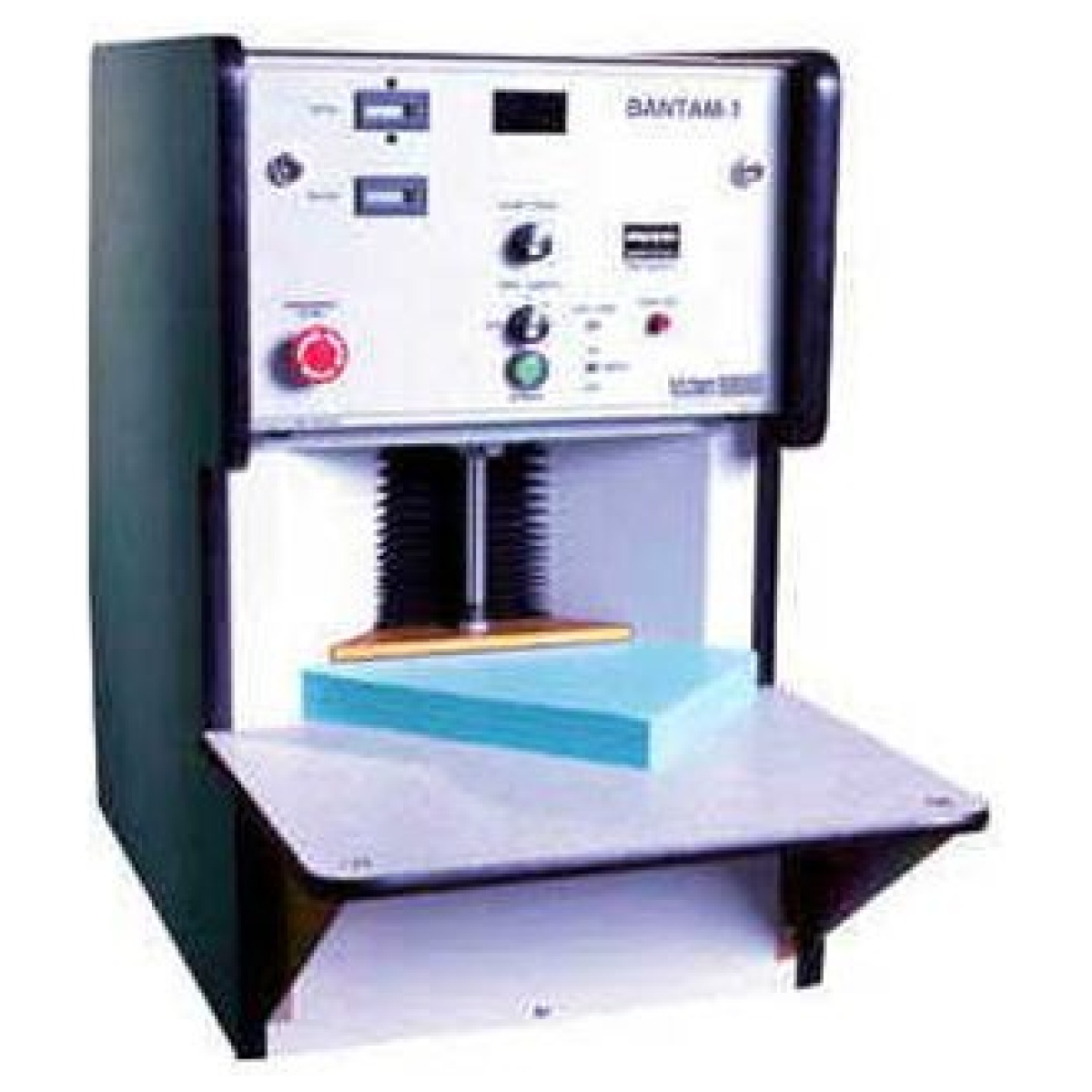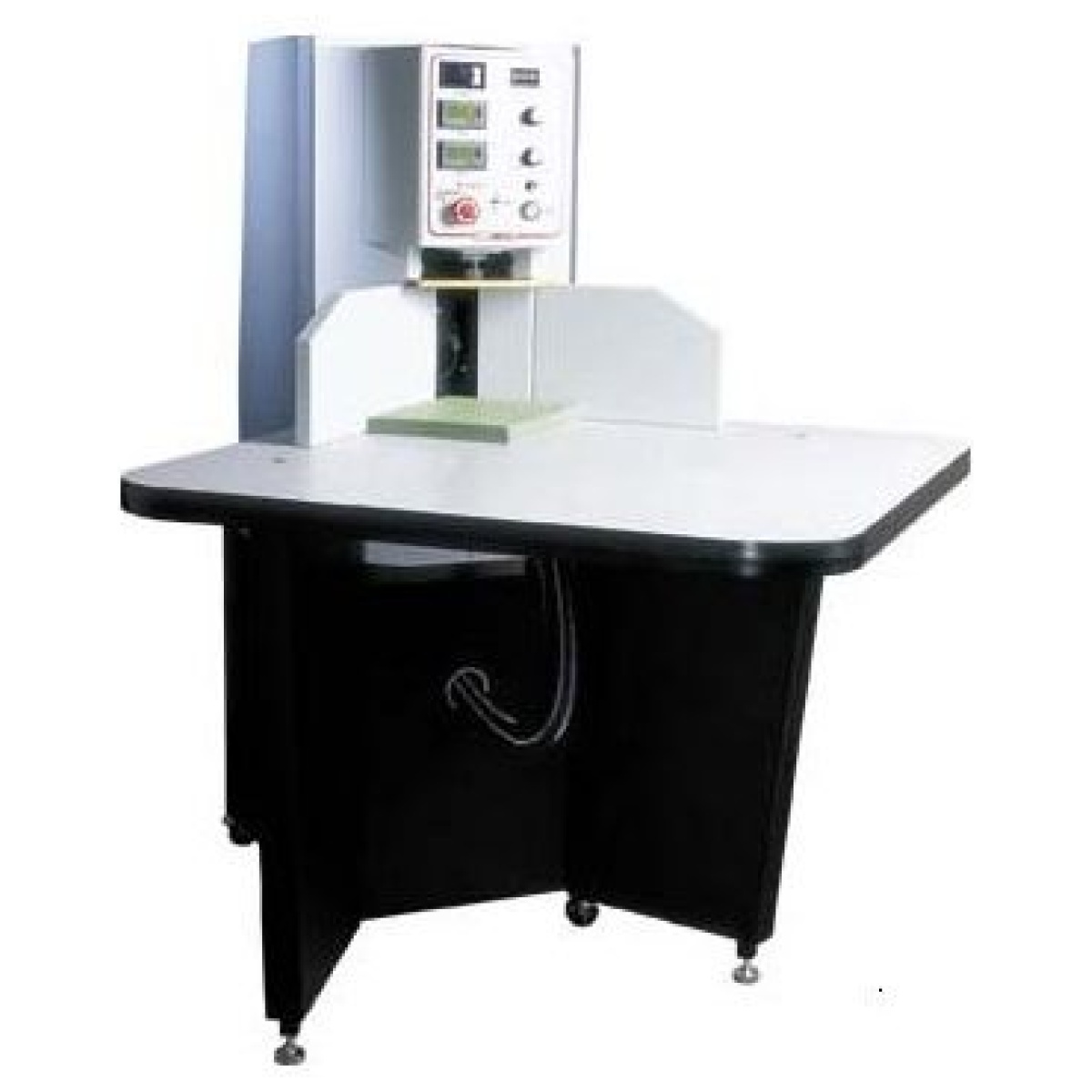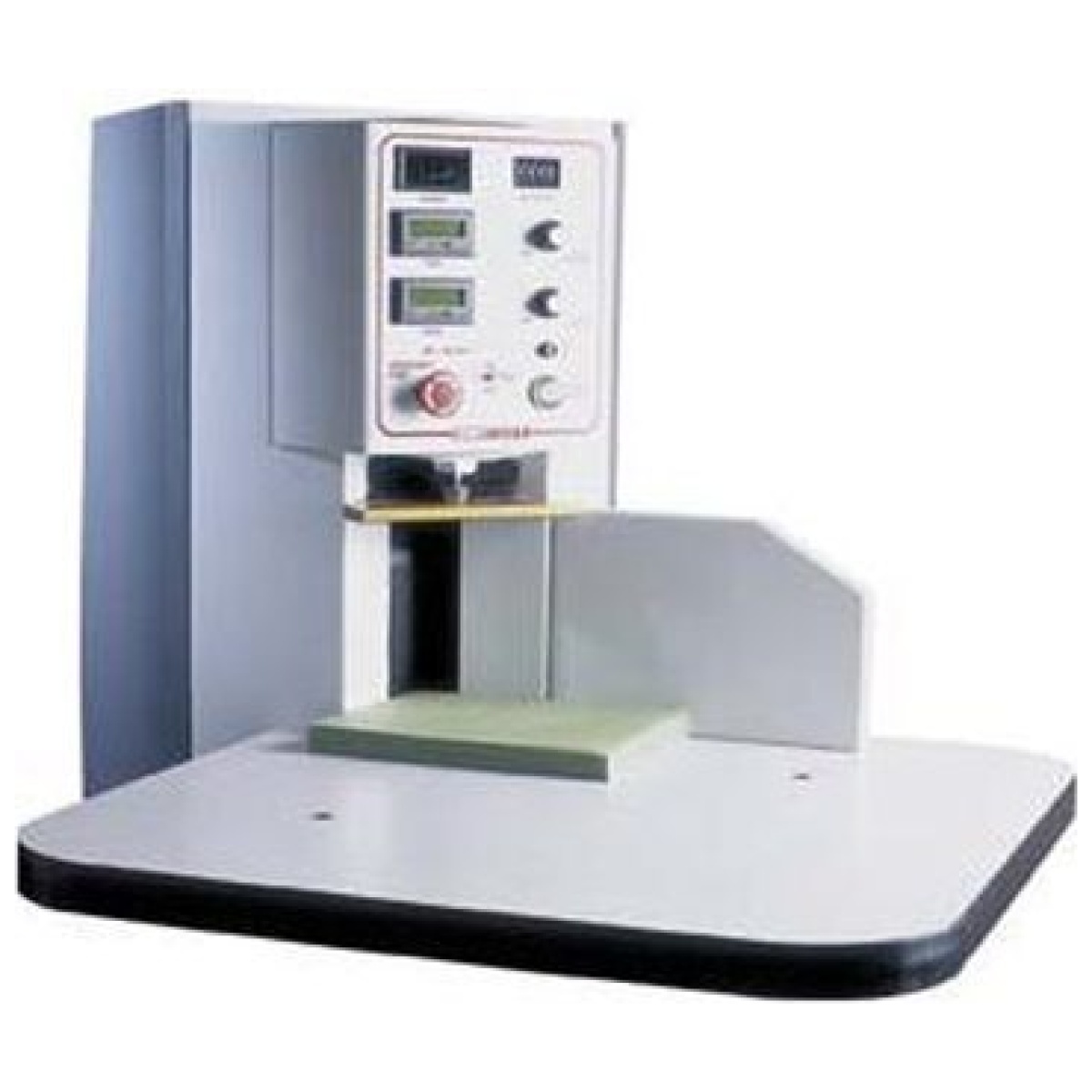Counters
Counting precision and long-term operation under load are the most common expectations from paper counters - CountWise counters meet these requirements!
They are dedicated to printing houses, packaging companies and all other companies that care about production quality and counting accuracy. They are very easy to use and have a wide range of applications. Used for accurate counting of the delivery of goods, they facilitate quality control at every stage of production. They help eliminate re-runs and erroneous quantities, both excesses in each batch of goods and shortages, resulting in customer satisfaction.
Contact our company for detailed information on counters. We will help you choose the optimal machine for your needs and tell you about the available range. Knowledge of customer's needs always translates into professional support from our side, not only in the field of counting machines.
Paper counters - precision counting technologies in the printing industry
What are paper counters and why are they essential in manufacturing?
Paper counters are specialized industrial devices used for precise counting of sheets of paper, cardboard and other printed materials. In the printing industry, where accuracy and quality control are crucial, counters are an indispensable part of production lines. They make it possible to verify the amount of material before the printing process begins, to control print runs during production and to perform final counting of finished products.
Modern counters use advanced detection technologies, such as ultrasonic, optical or pneumatic sensors, which ensure high counting accuracy even at high operating speeds. This makes it possible to achieve precision at the single-sheet level, eliminating material losses and errors in order processing.
Types of counting technologies in industrial counters
Ultrasonic technology
Ultrasonic counters use high-frequency sound waves to detect each sheet passing through the device. This technology has extremely high precision, especially when counting materials of different weights and thicknesses. Ultrasonic sensors are insensitive to dust or fine contaminants, ensuring stable operation in industrial environments.
Optical systems
Optical counters use light beams and photo-detection sensors to recognize each sheet. This technology works particularly well for counting materials with uniform surface and color. Modern optical systems are equipped with light interference compensation algorithms and can work with a variety of paper types.
Pneumatic detection
Pneumatic systems use differences in air pressure to detect sheets. This technology is particularly effective for counting heavy-weight materials such as cardboard and paperboard. Pneumatic counters are characterized by high reliability and long service life under heavy use.
Applications of counters in different areas of production
Offset and digital printers
In printing houses, counters are used to control print runs at each stage of production. Before printing, they verify the amount of paper, during production they monitor the process, and after completion they count the finished prints. This eliminates the risk of errors in order fulfillment and ensures compliance with customer requirements.
Packaging industry
Packaging companies use counters to control the quality and quantity of boxes, bags or other packaging items produced. Accurate counting is key to maintaining quality standards and delivering large industrial orders on time.
Logistics and distribution centers
In distribution centers, counters help verify deliveries of printed materials, catalogs or flyers. They make it possible to quickly check the compliance of delivered quantities with order documents, which improves warehouse and logistics processes.
Economic benefits of using industrial counters
Reduction of material losses
Precise counting eliminates excesses and shortages in production, which directly translates into material cost savings. Counters help optimize the use of paper and other raw materials, which is especially important for large production runs.
Increase the efficiency of quality control
Automatic counting eliminates human error and speeds up quality control processes. Employees can focus on other tasks while the counters provide continuous monitoring of the amount of material produced. This translates into increased overall plant productivity.
Improving customer satisfaction
Accurate fulfillment of orders according to specified quantities builds customer confidence and reduces complaints. Counters ensure that each order is completed with the correct number of copies, eliminating the need for re-printing and delays in fulfillment.
Technical parameters of modern counters
Counting speed and performance
Today's industrial counters reach counting speeds of several hundred to several thousand sheets per minute, depending on the model and the technology used. High operating speeds allow integration into high-speed production lines without slowing down the entire process.
Range of material thicknesses
Modern counters can handle a wide range of materials - from thin 60 gsm offset paper to thick cardboard up to 400 gsm. Automatic adjustment of sensor sensitivity allows a smooth transition between different types of materials without the need for manual recalibration.
Accuracy and repeatability of measurements
Professional counters ensure counting accuracy of 99.9%, which means a maximum of one error per thousand sheets counted. Auto-calibration and environmental interference compensation systems guarantee stable precision over a long service life.
Integration with production systems
Communication with printing machines
Modern counters can be integrated with printing machines to create automated production control systems. Data on counted sheets is sent in real time to production management systems, allowing ongoing monitoring of job progress.
Reporting and documentation systems
Advanced counters are equipped with reporting modules that automatically generate production reports. Data on counted quantities, operating times and any problems are archived, making it easier to analyze efficiency and plan future productions.
Maintenance and operation of industrial counters
Routine maintenance
Regular maintenance of counters includes cleaning of sensors, calibration of detection systems and inspection of feeding mechanisms. Proper maintenance ensures long-term counting accuracy and minimizes the risk of failure during production.
Operator training
Effective use of counters requires proper training of operating personnel. Knowledge of the principles of operation, calibration procedures and recognition of typical problems allows to maximize the capabilities of the device and quickly resolve any disruptions.
Paper counters are a key component of modern production lines in the printing industry. Investment in professional counting systems is a strategic decision that translates into increased efficiency, cost reduction and improved customer service. The right choice of counter, adapted to the specifics of production, can significantly affect the competitiveness of the company in the dynamically developing printing industry.



